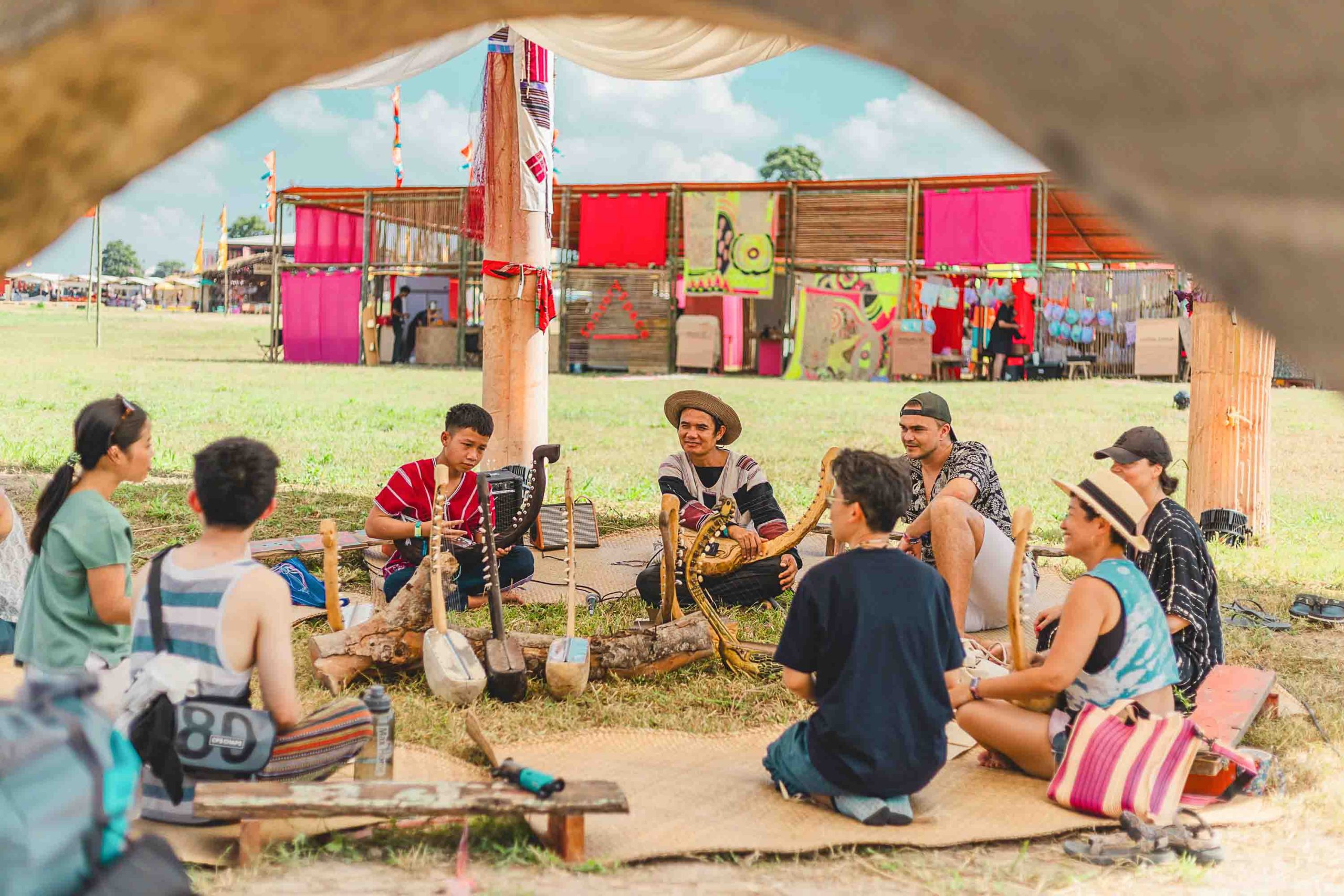In the mountains of Mae Hong Son, Thailandâs poorest province, and home to more than 20 Indigenous communities, among them generations-old villages populated by the Hmong, Karen, Lahu, Lavue, Lisu and Paâo peoples, Sirasar âMaeâ Boonma has recorded everything from the twang of the tenaku (a Karen arched harp), the Pattani palm sap harvest, and birds chirping at dawn.
According to Mae, co-founder of social enterprise Hear & Found alongside friend and business partner Pansita Sasirawuth, some sounds that theyâve captured, like a Tai Dam folk song passing down funeral rites, have never previously been recorded.
To Mae and Pansita, these sounds arenât just noise; theyâre reflections of life as we know it, snapshots of living cultures and vital repositories of information. But theyâre also vulnerable. Without archiving them, oral traditions, dialects and belief systems could fade into the ether of lost history. And perhaps no one is more at risk of this loss than Indigenous communities.
It sounds priceless. But how do you measure the value of sounds like these? Is it in the money spent on your vinyl collection or Spotify membership? Or is their true worth in their power to transport you to another time and place, like the hills of northern Thailand, where a Lisu elder plays a timeless folk song?

